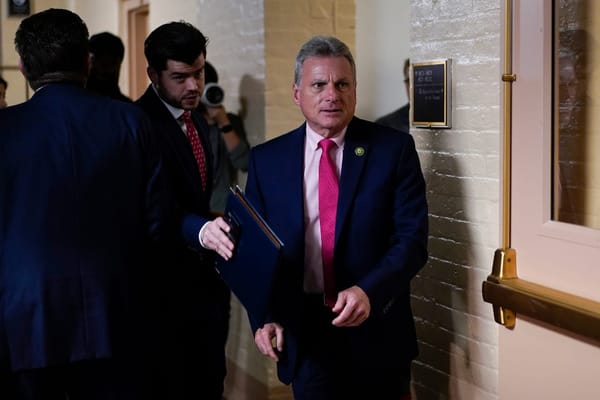Genachowski: 100 Megabit Per Second to 100 Million Homes, in 10 Years
WASHINGTON, February 23, 2010 – Federal Communications Commission Chairman Julius Genachowski on Tuesday outlined goals for broadband supply and demand, and said that by 2020, 100 megabit per second (Mbps) broadband should be available to 100 million households. Speaking at the Brookings Institutio
WASHINGTON, February 23, 2010 – Federal Communications Commission Chairman Julius Genachowski on Tuesday outlined goals for broadband supply and demand, and said that by 2020, 100 megabit per second (Mbps) broadband should be available to 100 million households.
Speaking at the Brookings Institution at the unveiling of an FCC survey on broadband adoption and use in America, Genachowski also said that by 10 years from now, 90 percent of population should have adopted broadband, and that all high school graduates need to be digitally literate.
Genachowski said that broadband is the foundation for economics and democracy in the 21st Century, as well as the central platform for innovation, and a platform for solutions. Broadband should be robust, open, and universally accessible, he said.
Genachowski also said that the national broadband plan under development by the FCC provides the opportunity to transform the Universal Service Fund. Genachowski also mobile broadband infrastructure, saying that unleashing spectrum can improve speed, service, and innovation. Doing so will also assist by getting mobile broadband service into the hands of first responders.
Addressing broadband adoption issue, Genachowski said there are three main reasons people do not have broadband: lack of affordability, lack of digital literacy, and a perceived lack of relevance.
In order to address these problems, individuals must listen carefully to the reasons given by those who have not adopted broadband – and address the root causes.
According to John Horrigan, Consumer Research Director at the FCC, the survey mandated by the Broadband Data Improvement Act had two goals: to understand broadband users and use, and to understand non-adoption.
The main dividing lines on adoption are education, income, and age, according to the survey.
If a person has some college or more, an income of $50,000 a year or more, and under the age of 65, such a person tends to have a high broadband adoption rate.
In order to understand why Americans adopt the use of broadband, the survey asked what online activities are most important.
For broadband adopters, the most important reason for getting access is to communicate with friends and family. Entertainment activities such as watching TV shows or other video online and playing games online are at the bottom of the list.
According to the survey, 35 percent of the adult population are non-adopters. Horrigan noted that within this 35 percent, there are three baskets of non-adopters: 22 percent non-internet users, 6 percent dial-up users at home, and 6 percent online users who do not access the internet from home.
Furthermore, 4 percent of adults cite lack of available infrastructure as reason for non-adoption.
Just as the survey asked adopters the most important online activity, the survey asked non-adopters the most important reason they do not use the internet or broadband.
The responses fall into the categories of cost, digital literacy, and relevance –which are the areas Genachowski identified as needing attention. According to the survey, cost is the main barrier to broadband adoption.
Danny Weitzner, associate administrator at the National Telecommunications and Information Administration’s policy analysis shop, commented on the consistency of the FCC survey results are with NTIA survey data.
An NTIA survey found that 30 percent of the population does not use the Internet at all, and that there is a gap between urban and rural availability. According to Weitzner, two main challenges are understanding non-adoption and developing geographically specific infrastructure.
Wrapping up the discussion, Darrell West, vice president and director of governance studies at the Brookings Institution, drew attention to the importance of social context in individual broadband adoption.









Member discussion